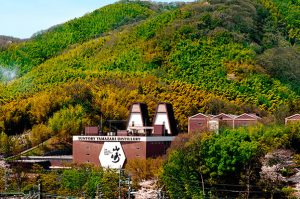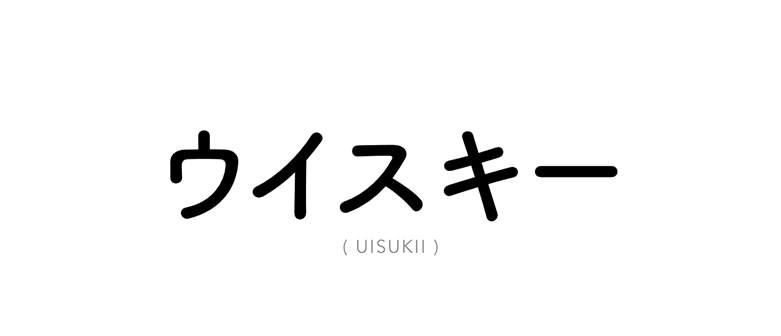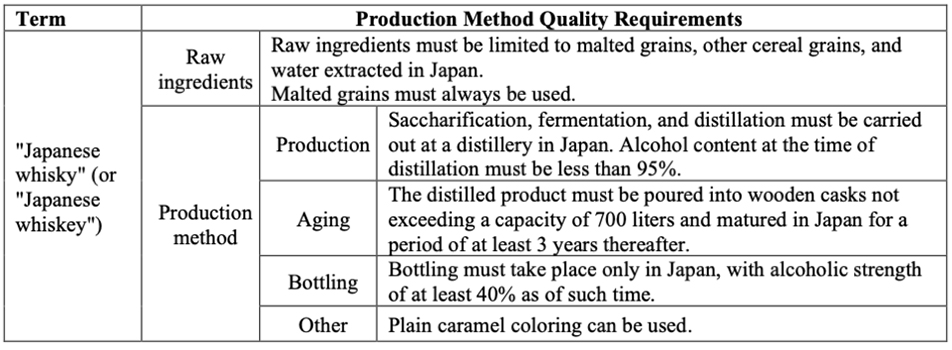The new rules have been set out by the Japan Spirits & Liqueurs Makers Association to help clarify a long discussed issue.
Every year during the Japanese whisky session of the Rookie Programme the same question is asked ‘What is the definition of Japanese whisky?’. Each year this leads to a discussion around the lack of rules governing Japanese whisky, no more.

The lack of definition of this category has become more of an issue in recent years as the boom in popularity has led to some more unscrupulous companies jumping on the good work done by the pioneers and some new exciting players in the market. Some companies have been importing whisk(e)y from other countries re-bottling and labelling it and putting on the shelves, others have imported the whisk(e)y and aged it in Japan.
All of this has led to confusion and a drop in perceived quality (rightly so in some cases) in some consumers. This is a bigger problem in Japan than in the UK as, on the whole, it is only the ‘real’ stuff that makes its way over here, nonetheless it is an important area to understand.
The Japan Spirits & Liqueurs Makers Association are not a governmental body but are government approved. All this means that it cannot make laws but it can establish rules and practices for its members, who include all the names you will be familiar with.
The new rules look like this:
They also cover labelling. If brands do not follow the rules above they will not be able to call themselves ‘Japanese whisky’, ‘Japan whisky’ or ‘Nihon whisky’ or translations of, also not are terms such as ‘type’ or ‘style’. Also prohibited are:
- Names of people that evoke Japan
- Names of Japanese cities, regions, famous places, mountains and rivers
- The Japanese flag or a Japanese era name
- Any other labelling that makes it likely that the product being labelled is mistaken for a product that satisfies the production method quality requirements above
These labelling laws go into effect from April 1st (the start of the Japanese financial year before you start worrying about the date) but there is a kicker. Any companies that already used any of these terms on brands that don’t follow the new rules don’t have to change until 2024. Brands released after March 31st 2021 have to follow the labelling rules immediately.
Whilst this isn’t the end solution to the problem (a lot of the crappy brands aren’t members of the association for example) it is certainly a big step in the right direction and has been widely welcomed by the industry.
Beam Suntory, whose whiskies (Hibiki, Yamazaki, Hakushu, Chita, Toki and Kakubin) all meet the new standards, have released a statement saying:
‘We fully support the implementation of these new standards of identity for Japanese Whisky. We believe that these standards will help to further distinguish the Japanese Whisky category. As a category pioneer and the largest producer of Japanese Whisky, we are proud that every Japanese Whisky product we export from Japan already meets the new standards, and we look forward to continuing to craft our award-winning Japanese Whiskies for the world’s enjoyment.’
Another bartender favourite range, Nikka, also ‘fully support any initiatives that provide further clarity to their customers when they select their whisky.’

Nikka however do have a product most of you will be familiar with that doesn’t fall in line with the rules. Nikka from the Barrell now has a statement on their website which reads ‘This product does not meet all the criteria of ‘Japanese whisky’ defined by the Japan Spirits & Liqueur Makers Association.’ Although the reason for it not complying is not revealed.
A spokesperson for Nikka told BarLifeUK: “From The Barrel does not meet all the requirements of “Japanese whisky” defined by the Labelling Standards as its formula contains some imported whiskies, though the core components are from Nikka’s own distilleries in Japan. From The Barrel a complex blend of more than 100 different batches of malt and grain whiskies. Among the multiple components, there are a few types of imported whisky Nikka has been using to secure the consistently in the taste profile at the moment.”
Does this make Nikka from the Barrel inferior? Nope. It is still delicious. Not all American whiskey is Bourbon but it doesn’t mean all non-Bourbon is shit, it just means it is made in a different way. Whisk(e)y producers love to experiment, we expect many brands will have their core range that adheres to the ‘Japanese whisky’ guidelines with extensions that don’t.
It is also worth pointing out that Nikka from the Barrel don’t state on their label that they are a ‘Japanese Whisky’ anyway so they won’t have to change their labelling.
This is about giving a guideline to help consumers immediately identify a Japanese whisky and from there they can try the extensions of brands they come to trust and love.
Whether you are an expert or an enthusiast of Japanese whisky this news should be welcomed, James Bowker from Edrington-Beam Suntory falls into both those categories and told us ‘On a personal note as an enthusiast of over a decade, I think this is an excellent step.’
The full rules and release can be found here



